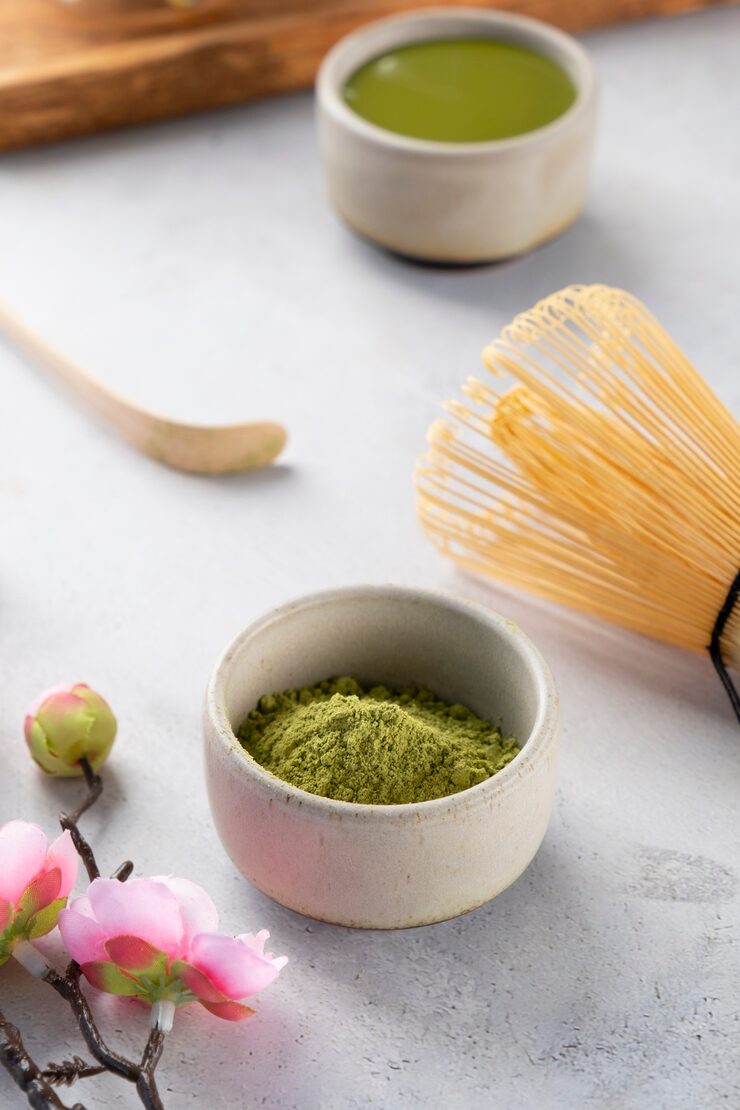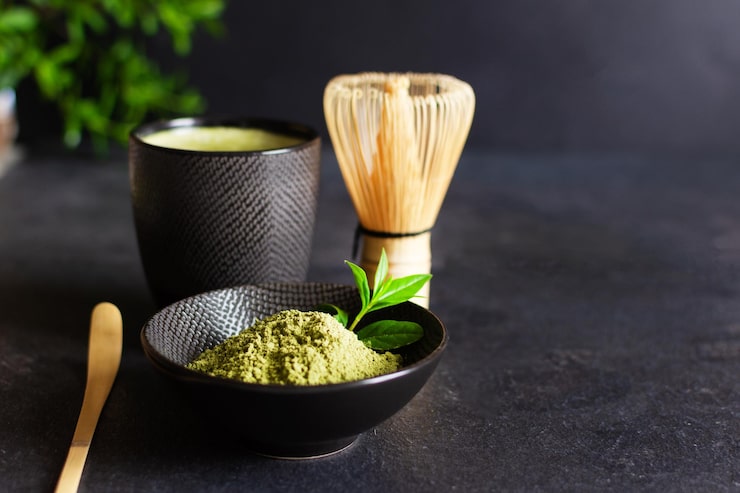In recent years, matcha tea has become a buzzword in health circles, coffee shops, and even skincare products. But what exactly is matcha, and why has it taken the wellness world by storm? From its deep roots in Japanese culture to its impressive list of health benefits, matcha tea is more than just a trendy drink—it’s a daily ritual that nourishes both body and mind.
Let’s dive into the world of matcha and explore why this vibrant green powder deserves a spot in your routine.
What is Matcha Tea?
Matcha tea is a type of green tea made by grinding shade-grown tea leaves (Camellia sinensis) into a fine powder. Unlike regular green tea, where leaves are steeped and discarded, matcha is consumed whole—meaning you ingest all the nutrients. Traditionally used in Japanese tea ceremonies, matcha offers a unique blend of earthy flavor, vibrant color, and health-promoting compounds.
What sets matcha apart is how it’s grown. Weeks before harvest, farmers cover the tea plants to block sunlight. This increases chlorophyll production and boosts the levels of amino acids, especially L-theanine, which contributes to its calming effects.
Health Benefits of Matcha Tea
One of the biggest reasons matcha tea has gained global popularity is its wide range of health benefits. Here are some key advantages backed by science:
- High in Antioxidants
Matcha is rich in catechins, a type of antioxidant that fights free radicals and reduces cell damage. Antioxidants support heart health, slow aging, and help the body fight off inflammation.
- Natural Energy Boost Without the Jitters
Thanks to its combination of caffeine and L-theanine, matcha tea offers a balanced energy boost. Unlike coffee, which can cause a sudden spike and crash, matcha provides sustained alertness and mental clarity—perfect for a focused workday or a pre-workout drink.
- Detoxifies Naturally
The high chlorophyll content in matcha makes it a natural detoxifier. Chlorophyll helps eliminate heavy metals and toxins from the body, leaving you feeling refreshed from the inside out.
- 4. Promotes Calm and Focus
Unlike other caffeinated beverages, matcha promotes a sense of calm due to its L-theanine content. This amino acid promotes alpha brain waves—associated with relaxation and mental clarity—without making you sleepy.

How to Prepare Matcha Tea?
Making matcha is simple and meditative.
- Add a small amount of hot water (not boiling, around 80°C or 175°F).
- Add more water, milk, or a milk alternative to your preference.
You can enjoy matcha hot or cold, or get creative by using it in smoothies, lattes, desserts, or even salad dressings.
Choosing the Right Matcha
When shopping for matcha tea, quality matters. Look for ceremonial-grade matcha if you’re planning to drink it traditionally. This type is bright green, finely ground, and has a smooth, clean taste. Culinary-grade matcha is slightly more bitter and best used in baking or cooking.
Check for:
- Origin (Japan is the most reputable source)
- Color (bright, vibrant green indicates freshness)
- Texture (fine, silky powder)
- Packaging (airtight and opaque containers preserve freshness)
Final Thoughts
Whether you’re new to matcha or already a fan, it’s easy to see why this ancient tea has become a modern superfood. With its health-boosting properties, gentle caffeine content, and versatility in recipes, matcha tea is a powerful ally for anyone looking to upgrade their wellness routine.
So, the next time you reach for a drink that fuels your day, consider skipping the coffee and going green with matcha. Your body and mind will thank you.
Related posts
Popular Posts


